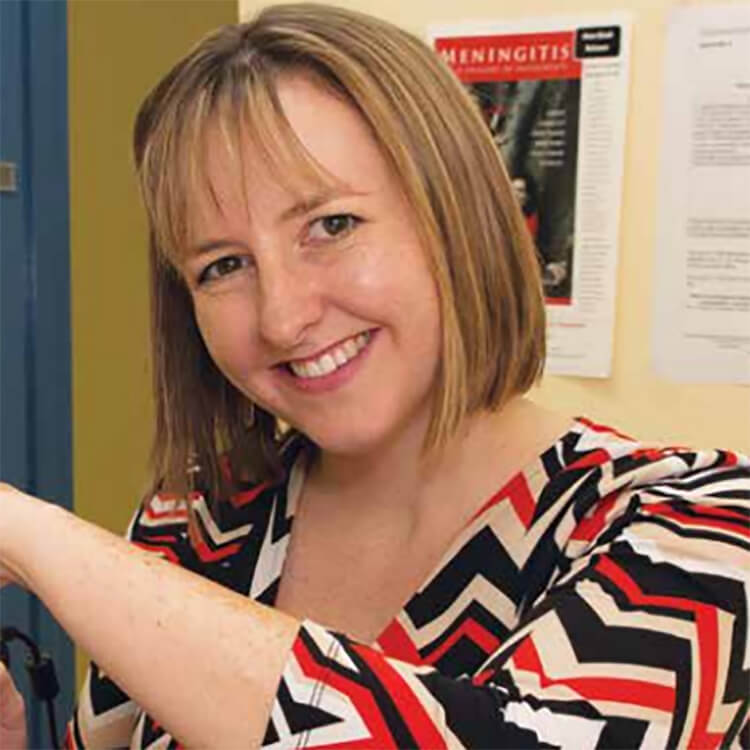Search


News & Events
Deborah Lehmann Research Award OpportunityThe Deborah Lehmann Research Award in Paediatric Infectious Disease Research is a funding mechanism to support the training and development of early- to mid-career researchers (EMCR) or Higher Degree by Research (HDR) students who are nationals from the Pacific Region working in or outside their hom
Research
Subcutaneous administration of benzathine benzylpenicillin G has favourable pharmacokinetic characteristics for the prevention of rheumatic heart disease compared with intramuscular injectionBenzathine penicillin G has been used as monthly deep intramuscular (IM) injections since the 1950s for secondary prevention of acute rheumatic fever and rheumatic heart disease (RHD). Injection frequency and pain are major programmatic barriers for adherence, prompting calls for development of better long-acting penicillin preparations to prevent RHD.
Research
Whole-Cell Pertussis Vaccination and Decreased Risk of IgE-Mediated Food Allergy: A Nested Case-Control StudyAustralian infants who received whole-cell pertussis vaccines were less likely to be diagnosed with food allergy in childhood
Research
Retrospective Case-Control Study of 2017 G2P[4] Rotavirus Epidemic in Rural and Remote AustraliaA widespread G2P[4] rotavirus epidemic in rural and remote Australia provided an opportunity to evaluate the performance of Rotarix and RotaTeq rotavirus vaccines, ten years after their incorporation into Australia's National Immunisation Program.
Research
Respiratory Syncytial Virus Vaccination during Pregnancy and Effects in InfantsA multi-country randomized, placebo-controlled trial of the safety, immunogenicity and efficacy of respiratory syncytial virus (RSV) F-protein nanoparticle vaccine was undertaken in 4,636 pregnant women and their infants. RSV F-protein vaccine was safe and immunogenic in the pregnant women inducing anti-F IgG, palivizumab-competing antibodies and RSV neutralizing antibodies that were transferred to the fetus.
Research
Whole-cell pertussis vaccine in early infancy for the prevention of allergy in childrenAtopic diseases are the most common chronic conditions of childhood. The apparent rise in food anaphylaxis in young children over the past three decades is of particular concern, owing to the lack of proven prevention strategies other than the timely introduction of peanut and egg.
Research
Childhood vaccination and allergy: A systematic review and meta-analysisAs the rise in prevalence of allergic diseases worldwide corresponds in time with increasing infant vaccination, it has been hypothesized that childhood vaccination may increase the risk of allergic disease. We aimed to synthesize the literature on the association between childhood vaccination and allergy.
Research
Mandatory vaccination and no fault vaccine injury compensation schemes: An identification of country-level policiesCountries that mandate childhood vaccination without providing no fault compensation schemes could be seen as abrogating the social contract
Research
Using pneumococcal carriage studies to monitor vaccine impact in low- and middle-income countriesWe review the role of pneumococcal carriage studies for the evaluation of PCVs in LMICs and discuss optimal methods for conducting these studies
